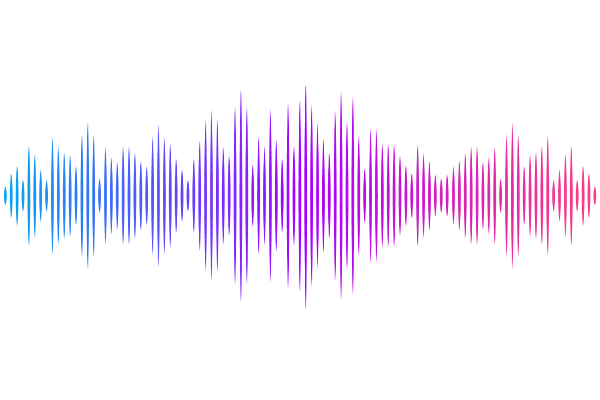Formation of the pyruvoyl-dependent proline reductase Prd from Clostridioides difficile requires the maturation enzyme PrdH

Formation of the pyruvoyl-dependent proline reductase Prd from Clostridioides difficile requires the maturation enzyme PrdH
Behlendorf, C.; Diwo, M. G.; Neumann-Schaal, M.; Fuchs, M.; Faber, F.; Blankenfeldt, W.
AbstractStickland fermentation, the coupled oxidation and reduction of amino acid pairs, is a major pathway for obtaining energy in the nosocomial bacterium Clostridioides difficile. D-proline is the preferred substrate for the reductive path, making it not only a key component of the general metabolism but also impacting on the expression of the clostridial toxins TcdA and TcdB. D-proline reduction is catalyzed by the proline reductase Prd, which belongs to the pyruvoyl-dependent enzymes. These enzymes are translated as inactive proenzymes and require subsequent processing to install the covalently bound pyruvate. Whereas pyruvoyl formation by intramolecular serinolysis has been studied in unrelated enzymes, details about pyruvoyl generation by cysteinolysis such as in Prd are lacking. Here we show that Prd maturation requires a small dimeric protein that we have named PrdH. PrdH is co-encoded with the PrdA and PrdB subunits of Prd and also found in species producing similar reductases. By producing stable variants of PrdA and PrdB, we demonstrate that PrdH-mediated cleavage and pyruvoyl formation in the PrdA subunit require PrdB, which can be harnessed to produce active recombinant Prd for subsequent analyses. We further created PrdA- and PrdH-mutants to get insight into the interaction of the components and into the processing reaction itself. Finally, we show that deletion of prdH in C. difficile renders the corresponding mutant blind to proline, suggesting that this processing factor is essential for proline utilization. Due to the link between Stickland fermentation and pathogenesis, we suggest PrdH may be an attractive target for drug development.